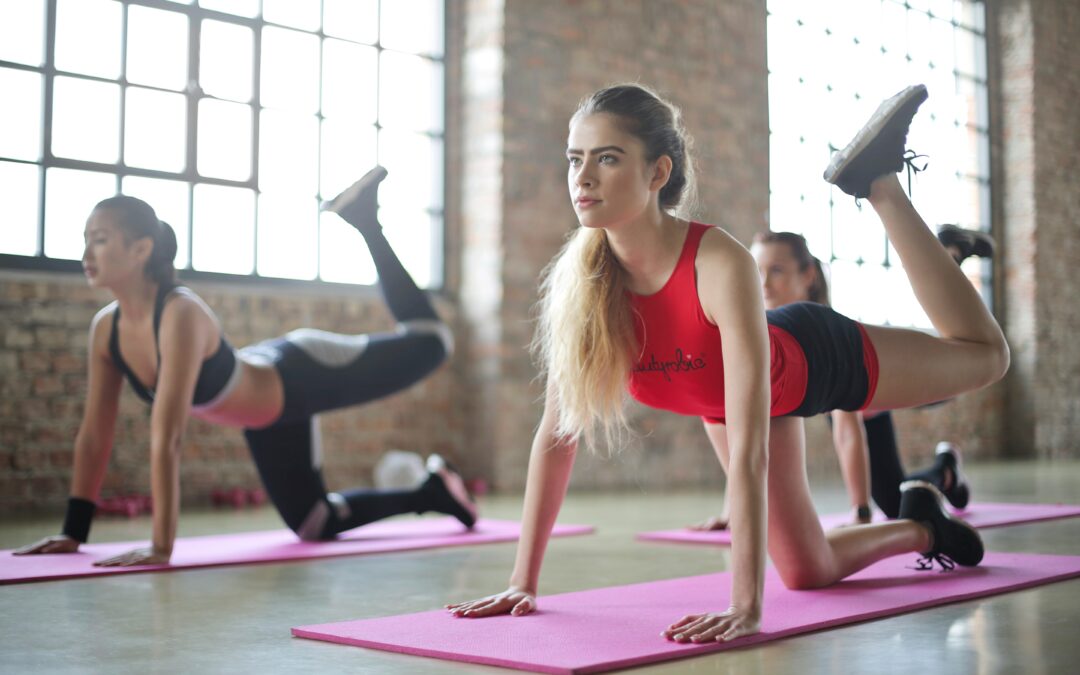Here I lay out 5 simple tips to try and prevent knee injuries during exercise, activities and sport.
1. Planning ahead for activities and sport
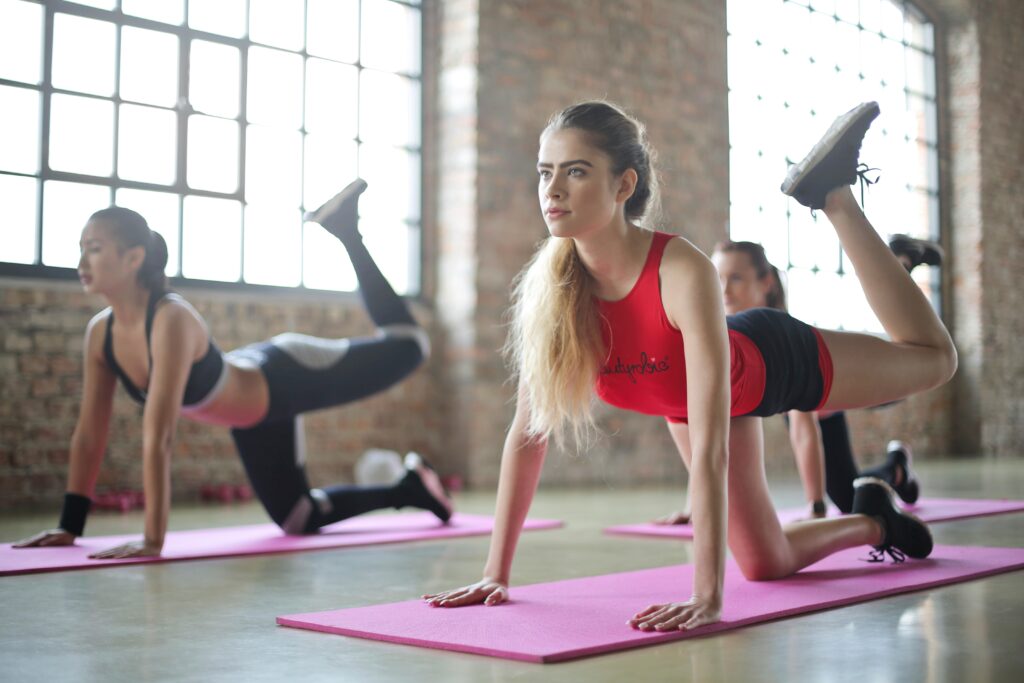
- Each activity or sport is different and by their nature are often in unpredictable environments. It is therefore important to first adjust and build up your body’s strength and reaction time, and your own confidence, in a controlled environment
- Plan ahead before your activity. For example, if you are going skiing during the winter you want to start specific home or gym exercises and activities at least 2 months before. Not only will this help prevent injury, it will also improve your endurance and ability
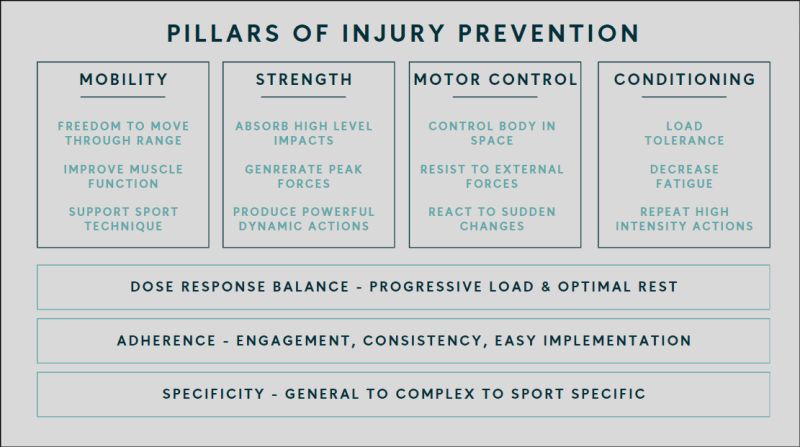
2. Pre-activity warm-up
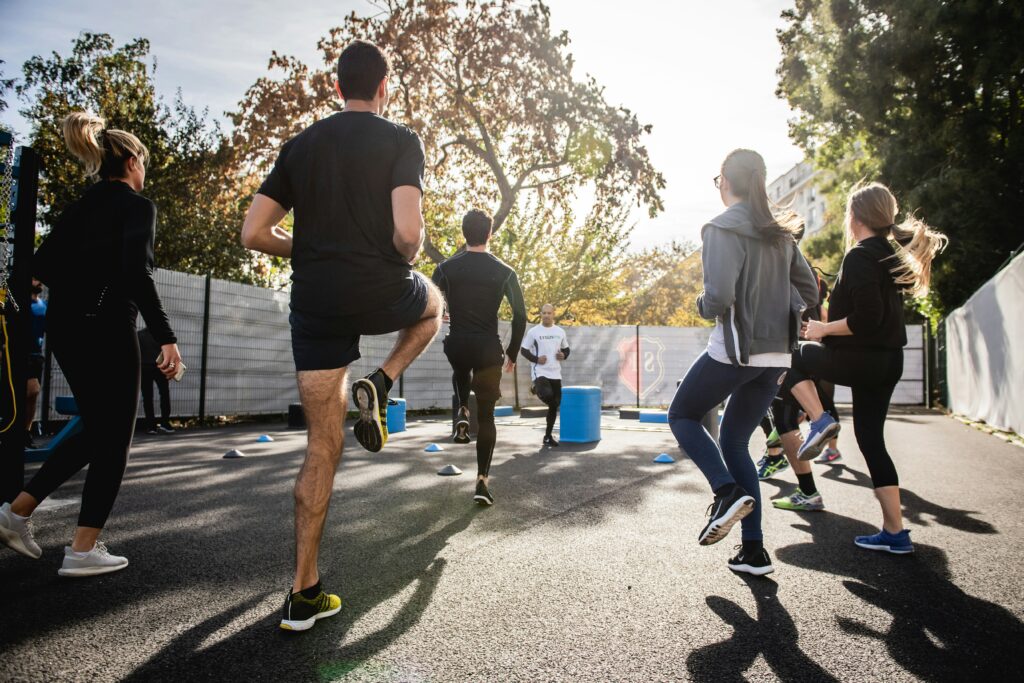
- There are now a number of different sport-specific warm-ups that are very important to complete before sport
- Search online for the usually 5-10 minute sessions that are proven to reduce the risk of knee injury
- Power up to play is a charitable organisation where sports and exercise specialists have developed a clinically proven warm-up that reduces the rate of injuries during sport, click the link below to take it on

3. Assessing your environment
- Make sure that the environment around you is as safe as possible
- Check ground conditions. This could be the turf of a football pitch, the moisture on a basketball court, the terrain on a hike, or the density and ice levels on the off-piste ski slope
- Check weather conditions. Essential for any hike or ski tour with a change in weather affecting your timings and route

4. Checking your equipment
- Many twisting pivoting knee injuries can be where your boot, shoe, ski, or snowboard gets stuck and your body pivots around this
- Make sure that your boots are suitable for the turf and have the right support, that your ski or snowboard bindings are set to your skill level, and that these are checked before each session
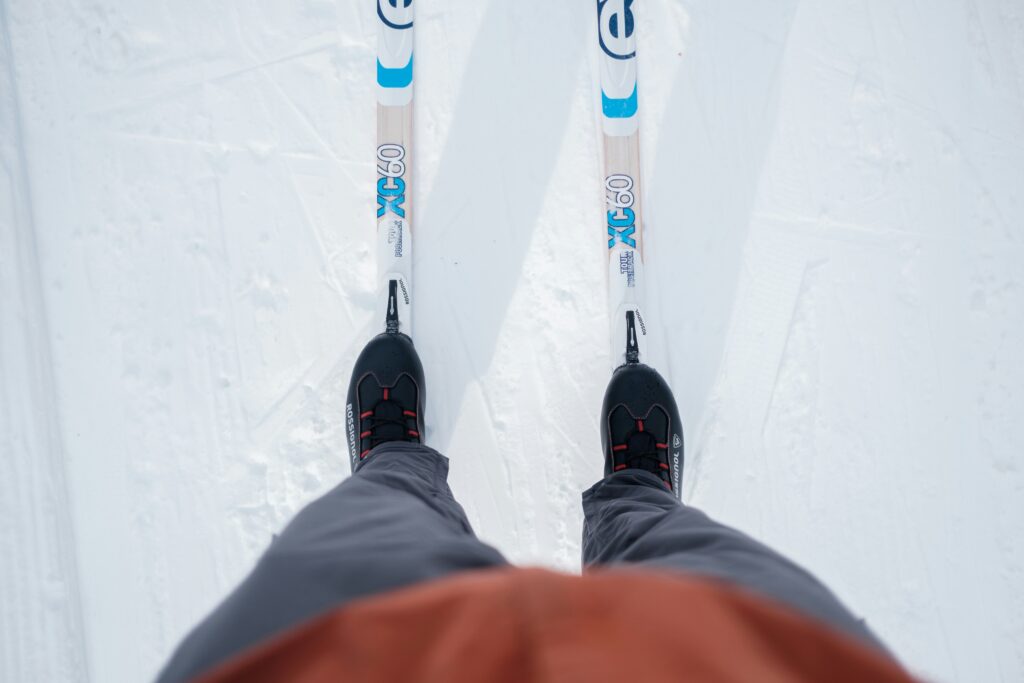
5. Assessing your strength and energy levels
- If during exercise, a game or ski tour your legs are tired, cramping or you lack overall energy think carefully about the effect that this has, and make the decision to adapt or wind-down
- It is this body state where the muscles in your legs will have less chance of controlling movement, placing additional stress on the ligaments, such as the ACL and menisci in the knee which are the most prone to significant injury.
- It is far better to be subbed off or go to the apres-ski early and still be fit and healthy for the next session

